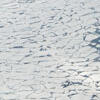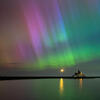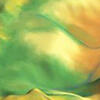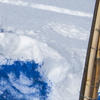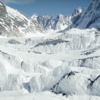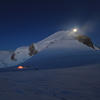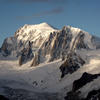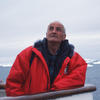You are here
Icebergs: the Hidden Face of Ice Giants
01.12.2017, by
As large icebergs are breaking away from the Antarctic peninsula, CNRS news takes a closer look at these mountains of ice adrift in the sea. Where do they come from, why do they float and what are they made of?
We extend our gratitude to Jean Tournadre, Ifremer researcher at the Laboratoire d’océanographie physique et spatiale (CNRS unit/Ifremer/IRD/University of West Brittany), for his expertise and helpful advice.

1
Slideshow mode
Just like an ice cube in a glass of water, icebergs are large blocks of ice that float rather than sink since ice is lighter than water, ensuring that Archimedes’ principle does the rest.
Erwan AMICE/LEMAR/CNRS Photothèque

2
Slideshow mode
75 to 90 % of the mass of an iceberg nevertheless remains submerged. The side of this iceberg drifting in the Antarctic rises to over 100 meters.
Erwan AMICE/LEMAR/CNRS Photothèque

3
Slideshow mode
Icebergs start life as sections of ice that break off from continental glaciers. This glacier, in Sptitzberg, Norway, terminates in the Arctic Ocean, where it gradually releases icebergs.
Erwan AMICE/LEMAR/CNRS Photothèque
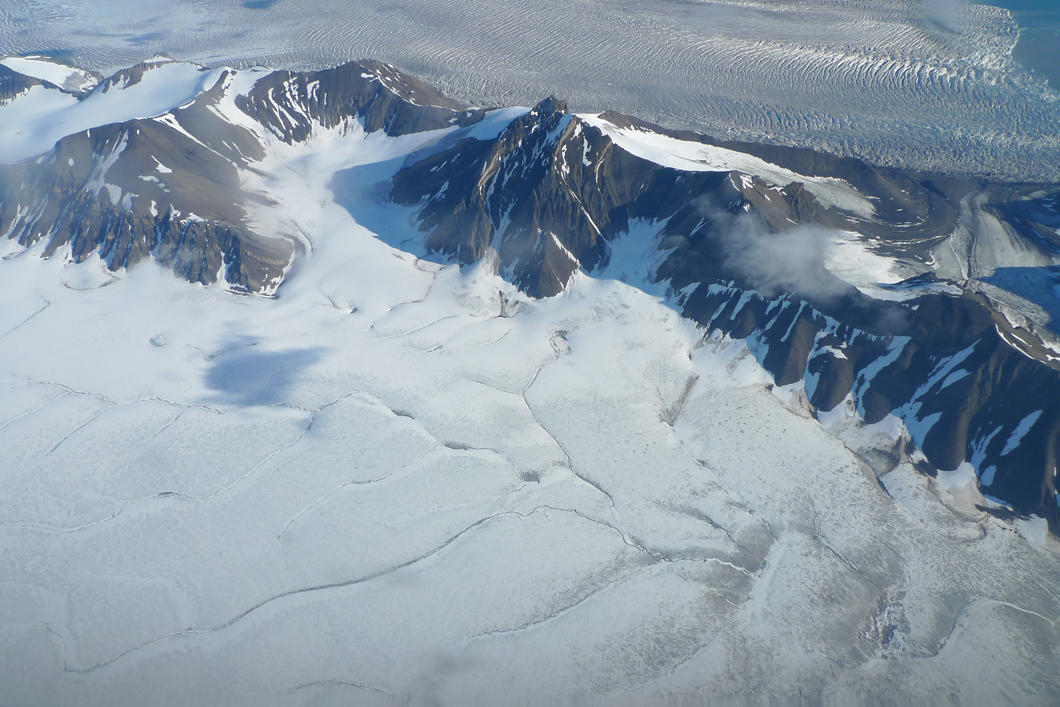
4
Slideshow mode
Continental glaciers are formed in polar or mountainous regions. Snow accumulates on land in mountain valleys. It is gradually compressed and is eventually transformed into ice to form a very wide glacier.
Jérôme FOURNIER/BOREA/CNRS Photothèque

5
Slideshow mode
By the time the glacier reaches the coast, it may range in height from several tens to several hundreds of meters. Here we see the terminus of the Perito Moreno glacier in Patagonia, Argentina, which is 60 meters high.
Hervé THERY/CREDA/CNRS Photothèque

6
Slideshow mode
Being subject to different pressures such as currents, tides, waves, and its own weight, the terminus of the glacier fractures and eventually releases blocks of ice. It is through this phenomenon, known as calving, that icebergs are born.
Hervé THERY/CREDA/CNRS Photothèque
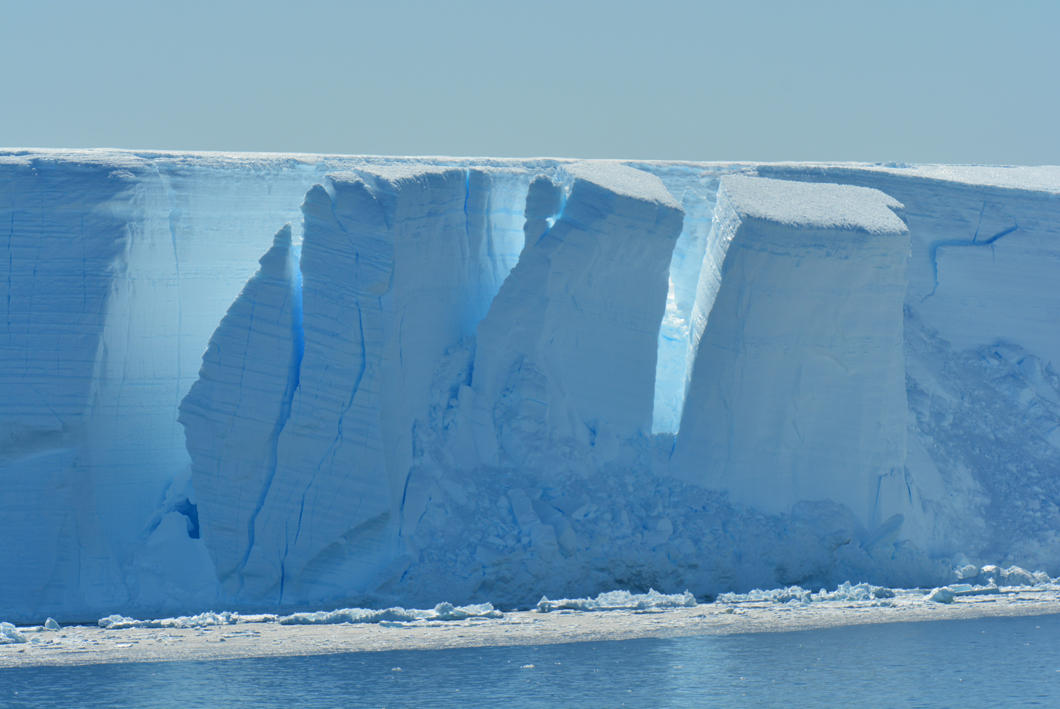
7
Slideshow mode
In some cases, a large drifting iceberg may undergo calving after colliding with a glacier terminus. For example, iceberg B9B collided with the Mertz glacier in the Antarctic in 2010. This image, taken in 2016, shows that it is continuing to fragment.
Erwan AMICE/LEMAR/CNRS Photothèque

8
Slideshow mode
An iceberg’s journey may end when it runs aground on the ocean floor. Icebergs may occasionally be captured by the polar pack ice, as we see here in the Antarctic. Pack ice is made up of frozen sea water, unlike icebergs, which consist of frozen freshwater.
Bruno JOURDAIN/IPEV/LGGE/CNRS Photothèque
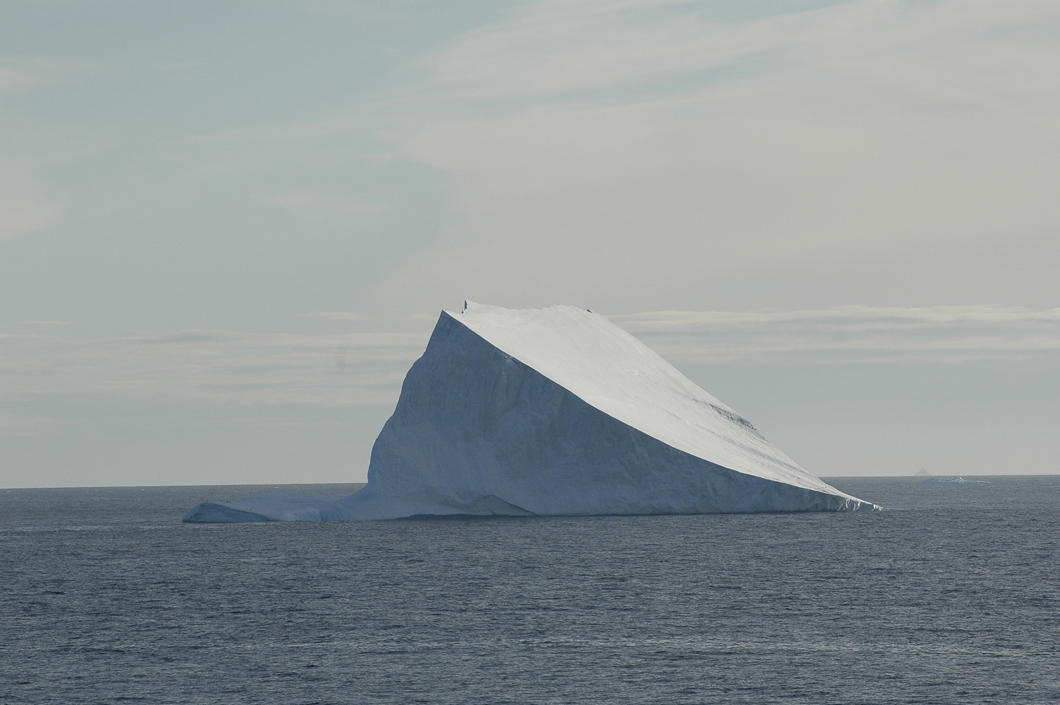
9
Slideshow mode
Throughout the life of an iceberg, its shape is continually being modified by waves and tides. It undergoes numerous transformations and turnarounds. Here we see a wedge iceberg in the southern Drake Passage in the Antarctic Ocean.
Claude DELHAYE/CNRS Photothèque

10
Slideshow mode
Tabular iceberg in the Antarctic. The area of these immense plateaus may be up to several hundred or even several thousand square kilometers. They originate in glaciers travelling down a wide and gently sloping valley.
Erwan AMICE/LEMAR/CNRS Photothèque

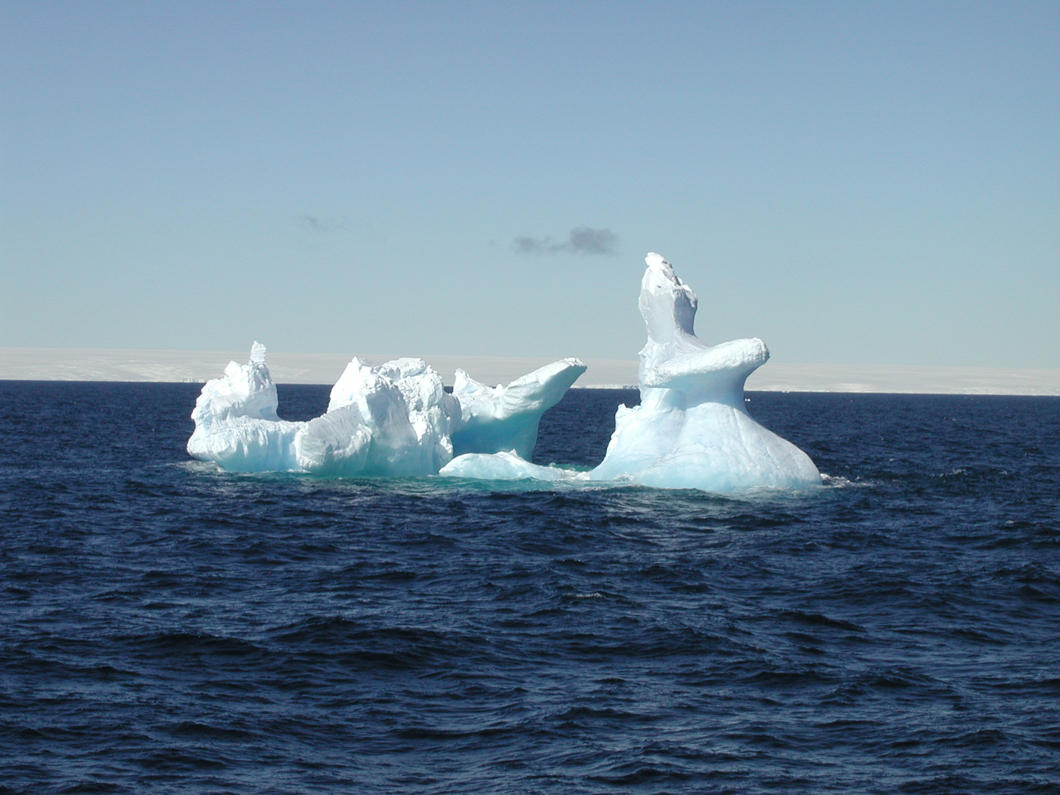

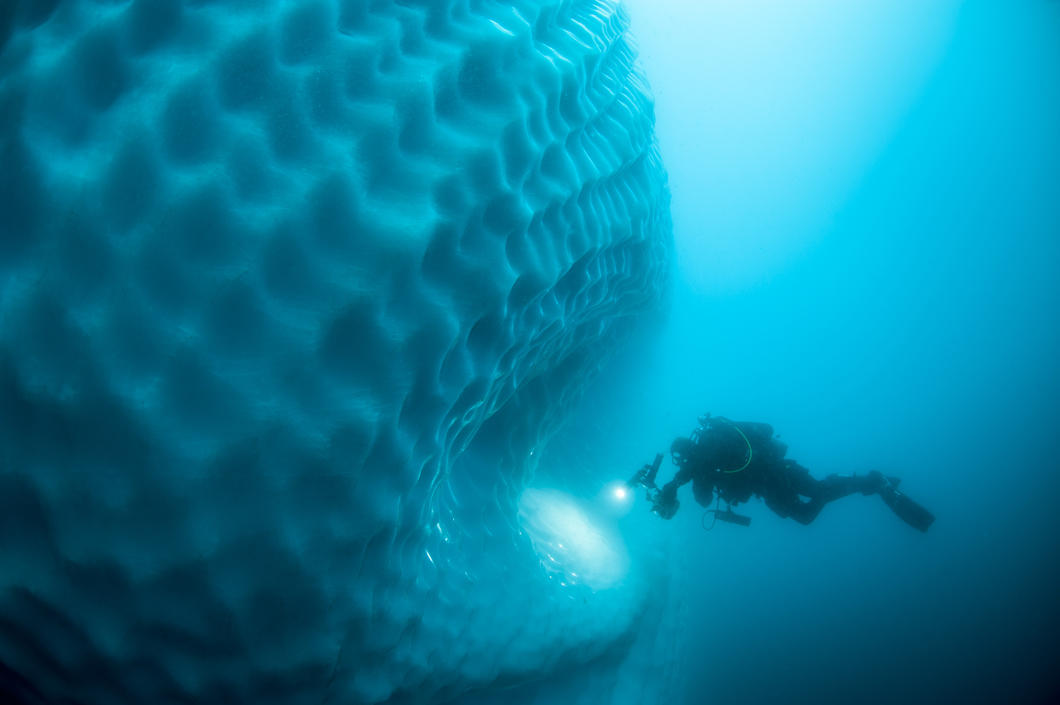
14
Slideshow mode
Below the water, the continuous pressure of currents striking the iceberg and swirling free may occasionally sculpt small hollows – or dimples – on its surface.
Erwan AMICE/LEMAR/CNRS Photothèque
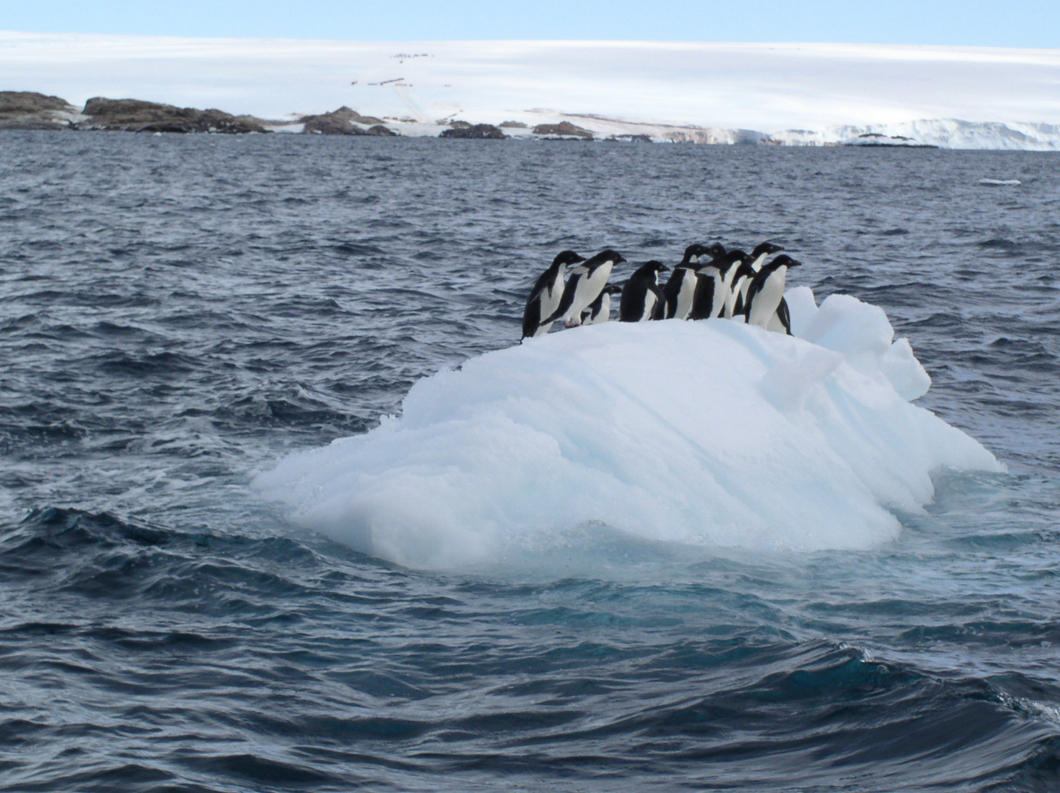
15
Slideshow mode
Icebergs provide a safe haven for certain species, such as the Adélie penguins seen here in the Antarctic, since they carry large amounts of nutrients, particularly iron and algae.
Xavier CROSTA/EPOC/CNRS Photothèque

16
Slideshow mode
Some surprising discoveries can be made, such as this sea worm. Some of these annelid worms measure tens of centimeters in length.
Erwan AMICE/LEMAR/CNRS Photothèque

17
Slideshow mode
If you want to know how old an iceberg is, remember that the bluer it is, the older it is. The ice contained in a young iceberg is white because it is well aerated (it contains large numbers of air bubbles). However, over time, the ice gradually becomes denser, and the compressed air bubbles give it a blueish tint.
Erwan AMICE/LEMAR/CNRS Photothèque


